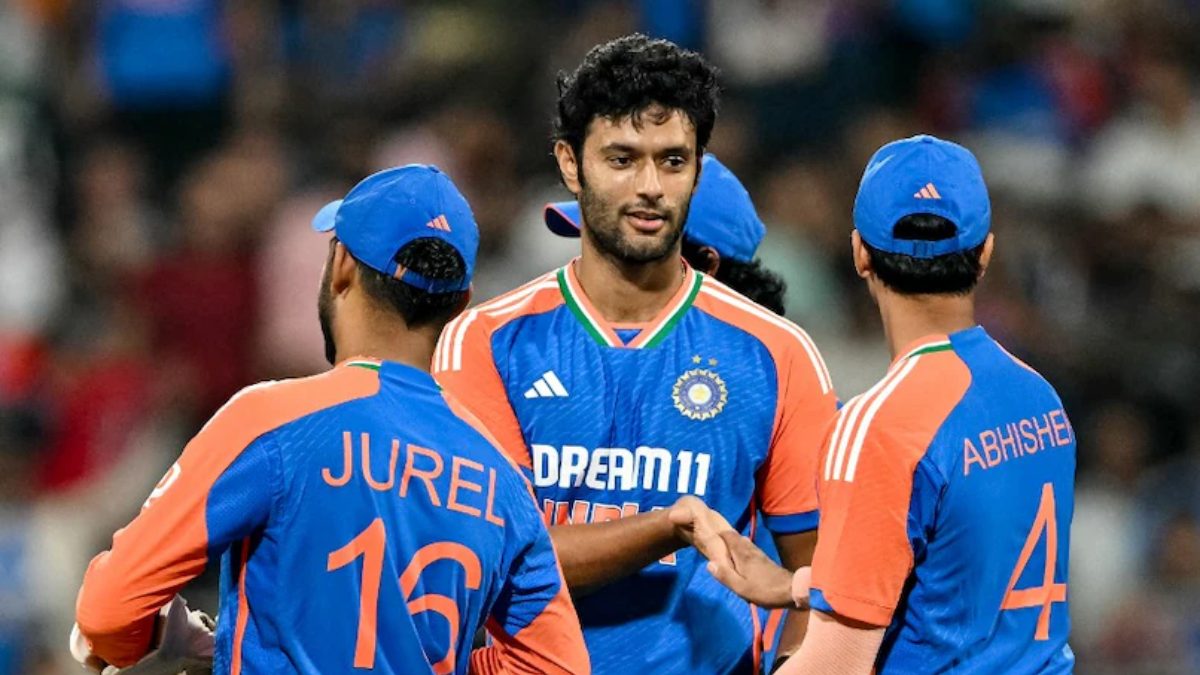The International Cricket Council (ICC) on Friday introduced new playing conditions across formats, including an increased stand-down period for players diagnosed with concussion, a trial of a new wide-ball rule in limited-overs cricket and revised regulations for boundary catches.
Cricket’s global governing body said on its website that the new playing conditions for Tests were implemented with the start of the new World Test Championship cycle for 2025-2027 with Sri Lanka taking on Bangladesh in first Test at Galle from June 17-21.
The upcoming limited-overs series between the two countries will mark the start dates for new playing conditions for ODIs and T20Is. Sri Lanka and Bangladesh will play a three-match ODI series from July 2 and then move on to a three-match T20I rubber from July 10.
Minimum seven-day stand-down for concussed players
In context of concussion protocols, the ICC said there are two changes.
Teams will now have to nominate designated concussion replacements for every match, which is being brought in to curb the home team’s advantage of being able to select from a larger group of players.
The ICC also announced a “minimum seven-day stand-down” period for any player diagnosed with concussion.
“A player diagnosed with a concussion during a match must observe a minimum stand-down period of a minimum of seven days before returning to play. This change has been recommended by the ICC Medical Advisory Committee to support players’ safety and well-being,” the ICC said.
The ICC said two new rules will be trialled by full members for a period of six months starting from October 2025. It includes a new wide-ball rule for ODIs and T20Is, and is being brought in to offer a degree of leniency to a bowler who sees batter moving around “prior or during” a delivery.
Impact Shorts
More Shorts“The position of the batter’s legs at the point of delivery will now be used as the reference point for a wide, even if the batter subsequently moves across to the off side,” the ICC said.
“The trial will see a ball that passes the popping crease between the leg stump and the protected area marker not being called a wide. To help with this, the protected area marker line will be extended to the popping crease and act as a guide for the umpires.”
Former South Africa captain Shaun Pollock, the media representative of ICC’s cricket committee, had told PTI in January this year that the governing body is “working on something” to give bowlers “a bit more leeway on wides.”
“Any leg side delivery that passes behind the batter’s legs and outside of the line at the time the ball reaches the popping crease may still be called a wide. Previously, a wide had been called for a delivery that would not have been called wide if the batter had retained their normal batting position,” the ICC said.
Replacements players with ‘serious injury’ for Domestic teams
Another rule to be trialled is for domestic First-Class cricket, in which teams can now name replacements for a player who suffers a “serious injury” after being picked in the XI.
“A player who suffers a serious injury on the field of play at any time after the match has started (including any pre-match warm-up period) may be replaced for the remainder of the match by a fully participating like-for-like player,” the ICC said.
For the DRS dismissals, the ICC said wicket zone will now be the actual outline of the stumps and bails.
The governing body has also announced other major changes like bringing in stop-clock in Test cricket, a change in rule for boundary catches, and a move back to having only one ball after the 34th-over mark in ODIs.
With agency inputs
)